The Three Levels of AI Core Abilities
From the perspective of AI technology, the core abilities of AI can be divided into three levels: computing intelligence, perceptual intelligence, and cognitive intelligence.
-
Computing Intelligence: With strong storage and computing power, it can conduct deep learning based on accumulated big data.
-
Perceptual Intelligence: Possessing perceptual abilities such as vision and hearing, it can structure all data.
-
Cognitive Intelligence: In addition to possessing computing and perceptual intelligence, the interaction mode is more similar to communication between people, and it has strong understanding and reasoning abilities.
At the 8th Great Wall Automobile Technology Festival, Great Wall Motors officially released the Coffee Intelligence 2.0, taking smart cars from the era of perceptual intelligence into the era of cognitive intelligence.
Last year, Great Wall Motors officially released three technical brands, including Lemon, Tank, and Coffee Intelligence, among which Coffee Intelligence is the intelligent vehicle brand of Great Wall Motors, covering intelligent cockpit, intelligent driving, and electrical and electronic architecture. The first landing product of Coffee Intelligence is the WEY Mocha, which was officially launched in May this year.
Of course, after the press conference, the Coffee Intelligence carried by the WEY Mocha has officially become the 1.0 era. The biggest change from 1.0 to 2.0 is that it can “think and judge”, which is more in line with the intelligent needs of future travel. The main core includes three intelligence fusion upgrades, a new GEEP electrical and electronic architecture, and intelligent line control chassis.
GEEP Electrical and Electronic Architecture
The concept of electrical and electronic architecture is actually very complicated and abstract. It defines the relationship between automotive electronic components and the logical functions between all software and hardware. For cars, electrical and electronic architecture is one of the most important cores, because it directly determines the functions that a car can achieve, the efficiency of executing those functions, and the scalability. In other words, electrical and electronic architecture is the cornerstone of intelligent vehicles, and it directly affects the “intelligence ceiling” of vehicles.
Compared with most products that still remain in distributed ECU architecture or domain controller architecture, the fourth-generation GEEP electrical and electronic architecture released by Great Wall Motors this time adopts central computing + regional architecture, including a central control unit with intelligent cockpit and high-level automatic driving on three computing platforms. The central control unit integrates functions such as power, chassis, body, auxiliary automatic driving, and whole vehicle control.
The fourth generation electronic and electrical architecture of GEEP highly centralized the control software of the whole vehicle. The software also adopts the SOA design concept, and the software module and communication interface are standardized and virtualized, decoupling function development from hardware and software platform development.
Do you think that the products of new forces are smart enough, but there is still considerable gap in the products of traditional automakers? With the support of this electronic and electrical architecture, you are likely to abandon this view.
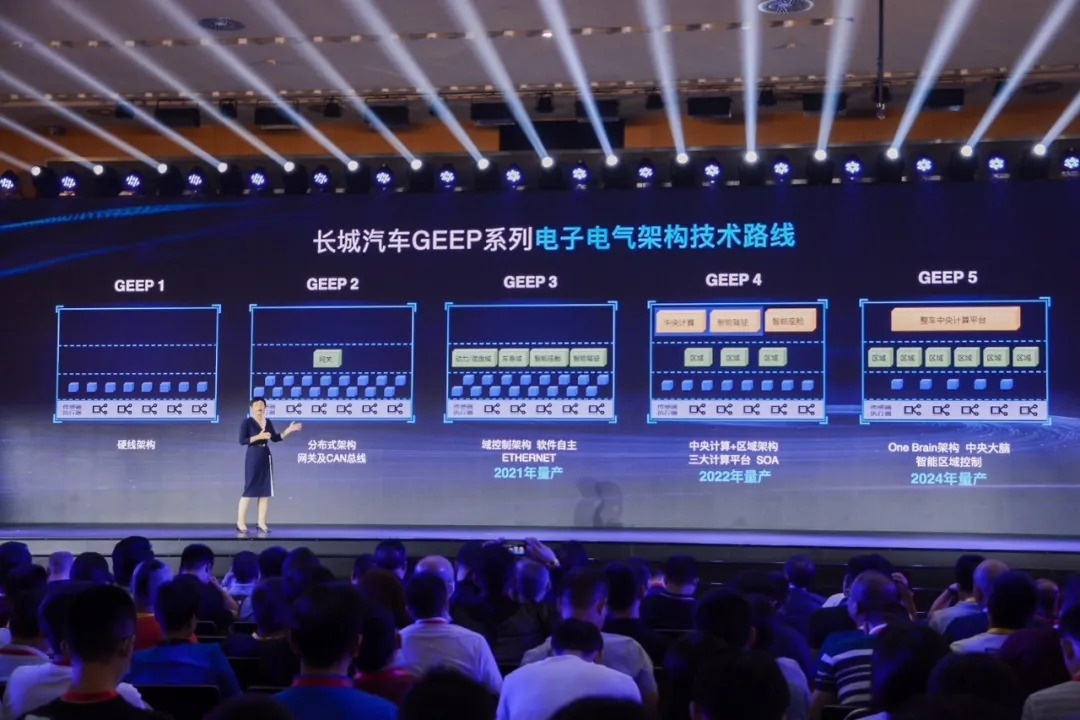
The first product equipped with GEEP fourth-generation electronic and electrical architecture will be produced in volume in 2022. At the same time, Shanhongyan, Vice President of Great Wall Motor, mentioned that according to the technical roadmap of Great Wall Motor’s GEEP electronic and electrical architecture, GEEP fifth-generation electronic and electrical architecture will be produced in volume in 2024 and will use the vehicle’s central computing platform.
Three Wisdom Fusion, Comprehensive Upgrade
Intelligent cockpit and intelligent driving are the two main development goals of today’s automobile intelligence. In March of this year, Kaffee Intelligence once released a concept of “Three Wisdom Fusion” that combines intelligent cockpit, intelligent driving, and intelligent service.
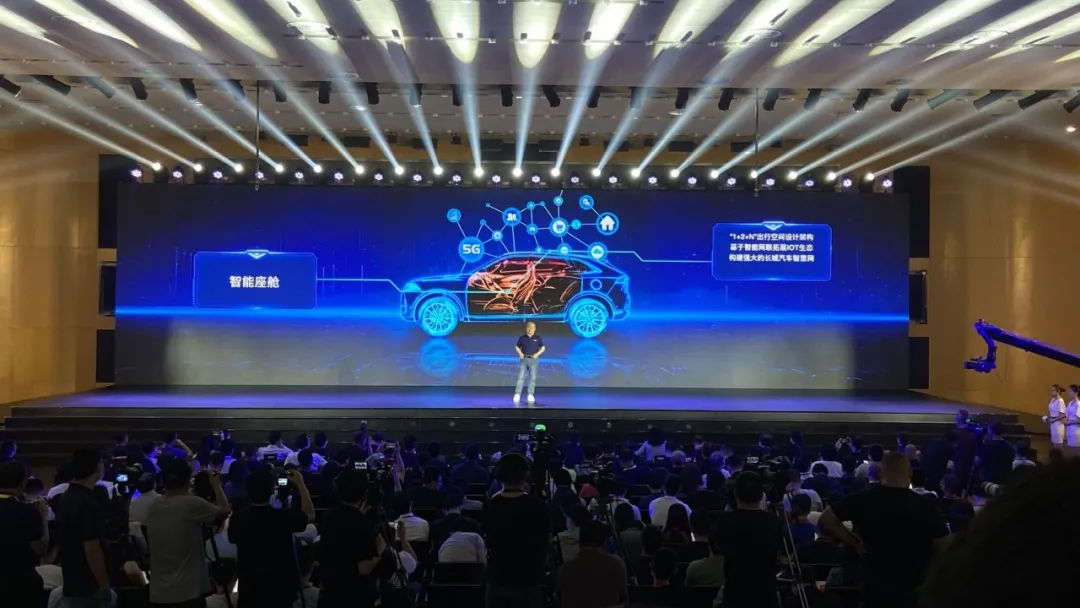
Based on the GEEP fourth-generation electronic and electrical architecture, Great Wall Motor Kaffee Intelligence 2.0 officially proposed the “1+2+N” travel space design architecture for intelligent cockpit. It will shift from the integration within the domain of vehicles to the cross-domain integration of the entire scenario, and the interaction mode will shift from user-initiated interaction to machine-initiated interaction.
1: Dominated by a human-computer interaction system;
+
2: Including expandable computing center + self-developed intelligent software;
+
N: Intelligent application scenarios and services.
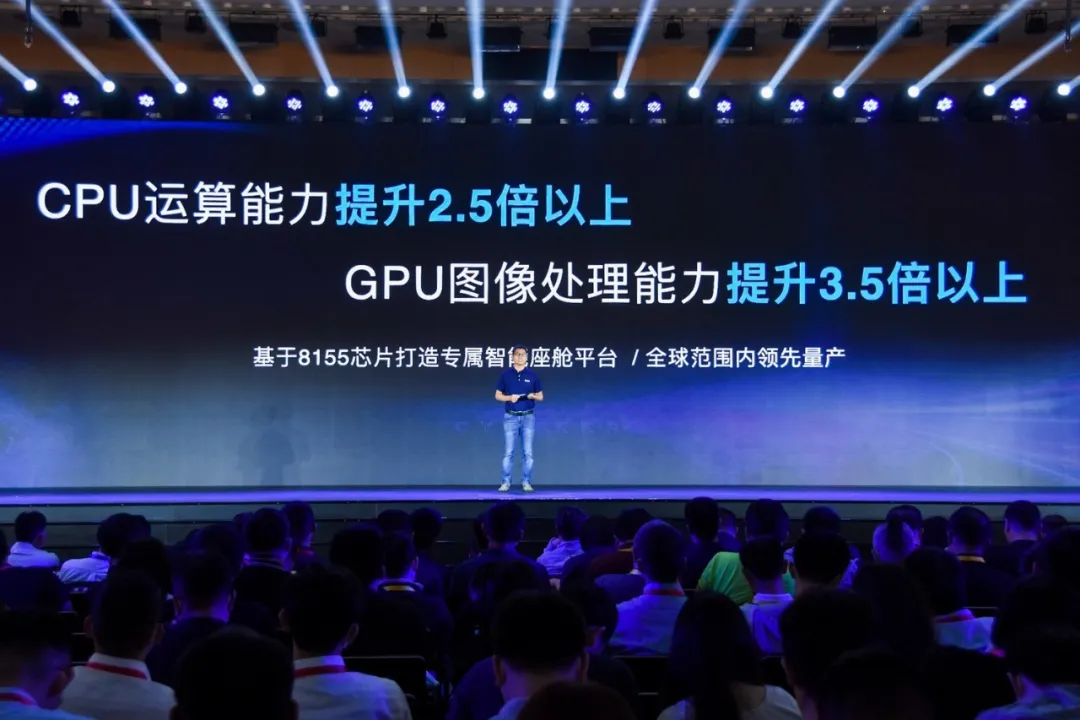
Chen Xianling, CDO of Great Wall Motor, said that Great Wall Motor has developed an exclusive smart cockpit platform based on Qualcomm Snapdragon 8155, with significant improvements in software and hardware. Compared with the previous generation of CPUs, the computing power on the hardware level can be improved by more than 2.5 times, and the GPU image processing capability can be improved by more than 3.5 times. On the software side, major FOTA upgrades can be done every three months.The Coffee Intelligence 2.0 has officially launched the first cockpit OS “GC-OS”, which comes with one independently developed framework layer, two proprietary unified interfaces, and is adaptable to different platforms and brands, compatible with all models under Great Wall Motors.
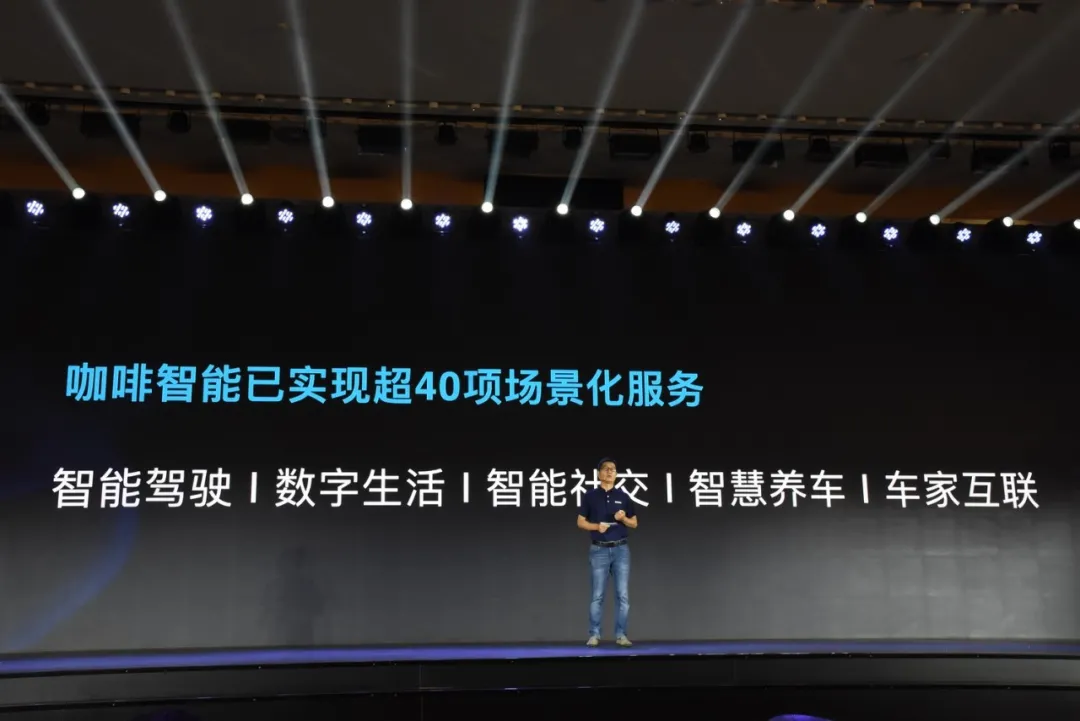
Currently, Coffee Intelligence 2.0 has implemented more than 40 scenario-based services. Great Wall Motors plans to upgrade and iterate scenario-based services to 100 items in 2021.
In addition to the intelligent cockpit, Coffee Intelligent Drive is an indispensable part of the entire Coffee Intelligence technology brand. This year, Great Wall Motors plans to release autonomous driving products with full-vehicle redundancy, L3-level autonomous driving, laser radar configuration, and NOH high-speed automatic navigation assistance.

In the era of Coffee Intelligence 2.0, Great Wall Motors will fully equip the third-generation autonomous driving computing platform-ICU 3.0, which was jointly developed by Great Wall Motors, Qualcomm, and Horizon Robotics.
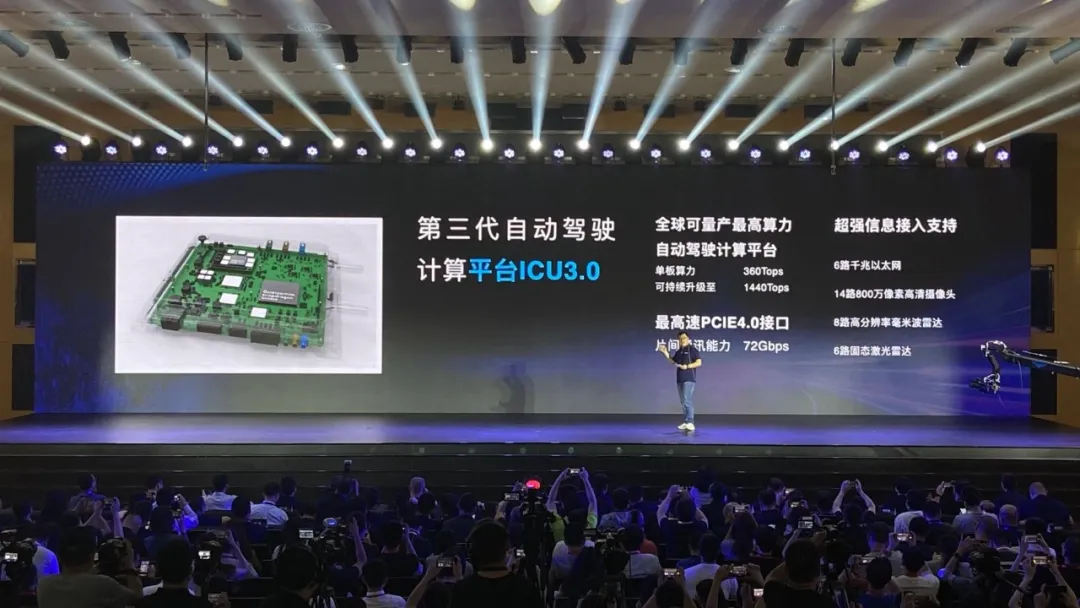
The ICU 3.0 autonomous driving computing platform adopts the Qualcomm Snapdragon Ride autonomous driving chip based on the 7nm process, with an energy efficiency ratio of 5.5 Tops/W, and can achieve a single-board computing power of 360 Tops, which can be increased to 1440 Tops through multi-board stacking. At the same time, it can support up to 6 gigabit Ethernet ports, 14 high-definition cameras with 8 million pixels, 8 millimeter wave radars, and 6 solid-state lidars, covering automatic driving-related functions from L3 to L5.

Zhang Kai, head of Great Wall Motors’ intelligent driving department, officially announced that “the Great Wall Motors products that can reach the L4 level of autonomous driving within the prescribed scenarios and equipped with the third-generation large-capacity computing platform will be officially launched in 2022.”
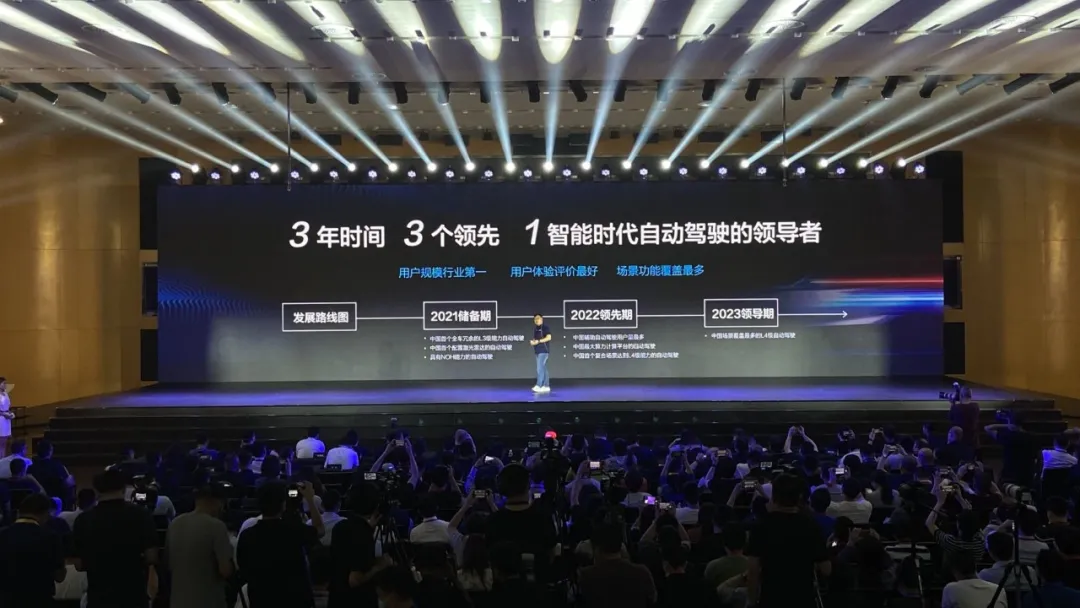 ### Chassis is also undergoing a “technological revolution”
### Chassis is also undergoing a “technological revolution”
Among the three core systems of perception and recognition, decision-making planning, and control execution in intelligent vehicles, the chassis is mainly responsible for control execution. For advanced automatic driving, the response time of the brake system is particularly important, which is an important guarantee for safe automatic driving.
Today’s brake system is undergoing a development process from mechanical to hydraulic to electronic. Based on the GEEP fourth-generation electronic and electrical architecture, Great Wall Motors officially released the intelligent wire-controlled chassis, which uses electrical systems to replace traditional mechanical and hydraulic systems. The wire-controlled chassis is not only the cornerstone of advanced automatic driving, but also can greatly improve the driving and riding experience based on the decoupling of human and vehicle characteristics.

At the beginning of the design of Great Wall Motor’s intelligent wire-controlled chassis, it aimed at L4 to higher-level automatic driving, integrating 5 core chassis systems including wire-controlled steering, wire-controlled braking, wire-controlled shifting, wire-controlled throttle, and wire-controlled suspension, covering the six degrees of freedom of vehicle movement control in front, back, left, right, up and down.
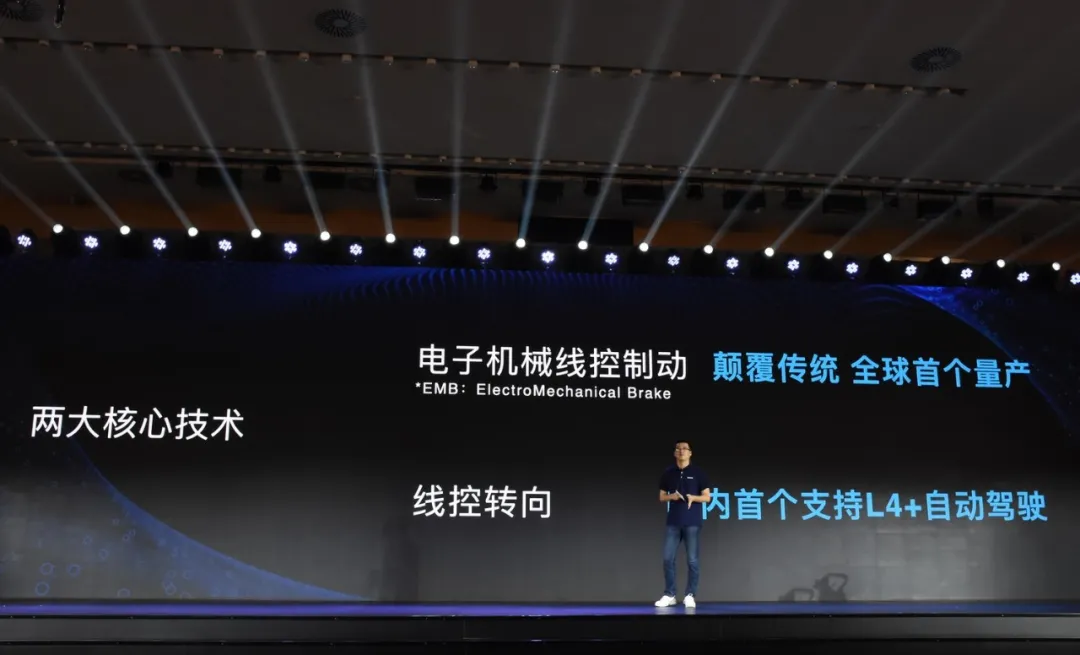
It can meet the 80 ms brake response time, reduce the 100-0 km/h braking distance by 4.8 meters, and increase the steering control accuracy to 0.75 bar. The improvement of kinetic energy recovery efficiency has increased the cruising range by 20%, and dynamic steering ratio adjustment can also be achieved. Great Wall Motor’s intelligent wire-controlled chassis will be officially put into commercial use in 2023.
Compared with the traditional mechanical chassis structure, the wire-controlled chassis can provide drivers with a better driving and riding experience as well as a safer automatic driving experience. However, the difficulty of the wire-controlled chassis lies in the need for higher power feedback and steering motors, more complex algorithms, and more system safety redundancy.
Finally
With the official release of the Coffee Intelligence 2.0, we can see Great Wall Motors’ continuous attack on the field of intelligent vehicles. Great Wall Motors not only fully demonstrated the research and development achievements and strategic layout of hardware and software integration and intelligence, but also showed more people the future appearance of intelligent vehicles.
In addition, Great Wall Motors has also pointed out a direction for the intelligent transformation of more traditional independent brands.
This article is a translation by ChatGPT of a Chinese report from 42HOW. If you have any questions about it, please email bd@42how.com.
